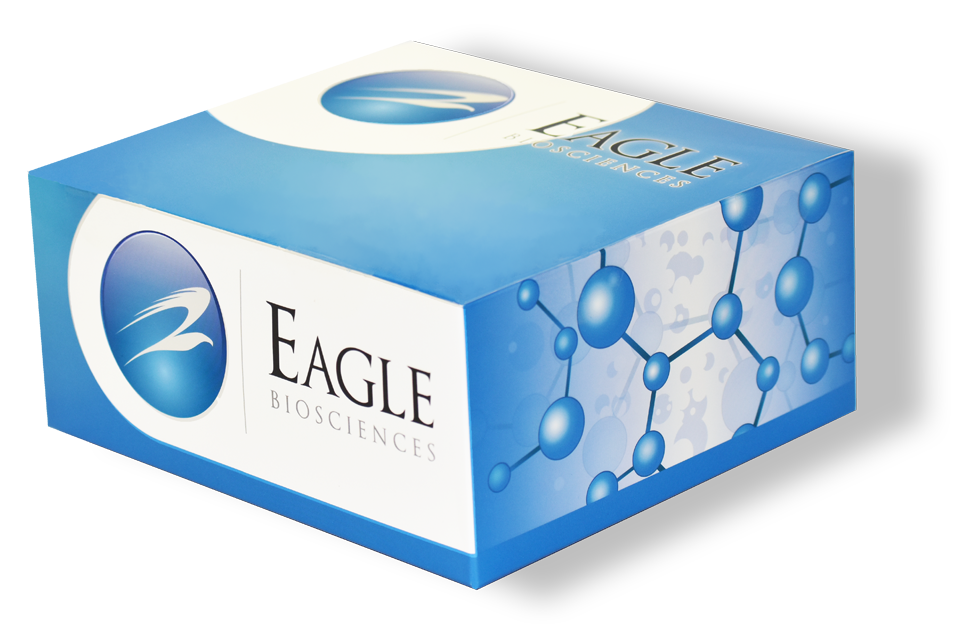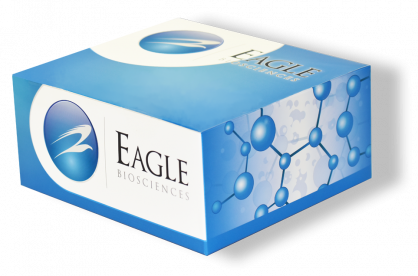MutaPLATE® Lactase TAQ-man PCR Assay Kit
MutaPLATE Lactase TaqMan PCR manufactured in Germany by Immundiagnostik
Size: 96 tests
Method: real-time PCR
Sample Type: DNA (e.g.whole blood, cheek swab)
Sample Size: 200 µL
For Research Use Only
Controls Included
Assay Principle
The Eagle Biosciences MutaPLATE® Laktase (TAQ-Man) real time PCR Kit contains specific primers and additional material for the detection of the T/C (-13910) polymorphism in the regulatory region of the lactase phlorizin hydrolase gene. The variable area of the regulatory region from lactase gene is amplified by PCR using genomic DNA-template. The specific primers used in the kit flank the variable area of lactase gene (LCT) and generate an amplificate of 300 bp using Taq-Man technology. The standard PCR contains additionally two sequence specific oligonucleotides marked with fluorescence dye (TaqMan probes). Both probes bind at the amplificated target-DNA which includes the single nucleotide polymorphism (SNP). Due to this, a fluorescence signal is generated and detected by the optical unit of the used real time PCR instrument. The TaqMan probe for the C-allele (mutation) is marked with FAM (510nm, green) and the TaqMan probe for the T-allele (wildtype) is marked with YAK (555 nm, yellow).
Products Related to MutaPLATE Lactase TaqMan PCR
MutaPLATE Lactase PCR Assay Kit
MutaPLATE HLA-DQ2+8 (TM) PCR Assay Kit


